Quality marks - design and history
For marking products that meet certain standards, special marks are used, which are called certification marks of conformity, marks of conformity to quality standards, or, simply, quality marks. Such signs may be national, international, industry or special. Many of them are examples of good graphic design, so I suggest considering some.
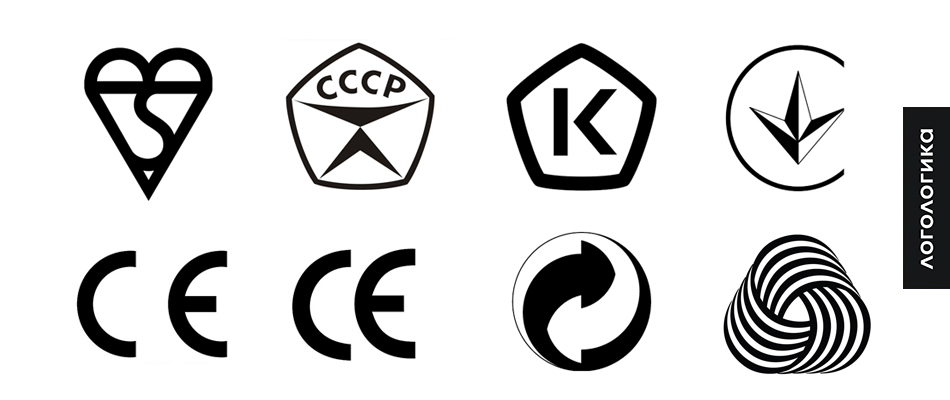
The mark was used for marking high-quality serial products manufactured by enterprises of the USSR; it was put into effect in 1967 in order to improve the quality and production efficiency.
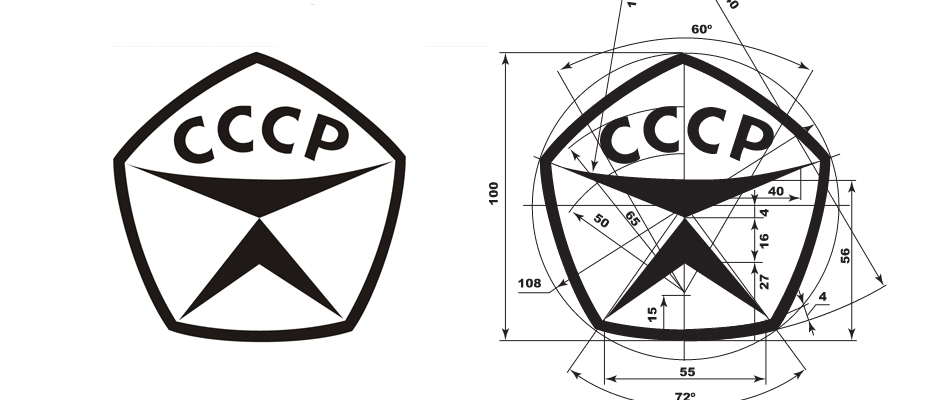
The general form of the sign - the pentagon - refers to the five-pointed star, the main heraldic symbol of the Soviet Union. In addition to the abbreviation, a pentagon contains a symbol, presumably combining several meanings: scales, the letter "K" (quality, rotated 90 °), the silhouette of a person. One of the authors of the mark is the People's Artist of the USSR Valery Akopov.
In 2013, the Ministry of Industry and Trade made a decision to revive the certification system in Russia according to the principle of consonant. To do this, in 2014, a competition was held, as a result of which a sign was drawn, drawn by designer Dmitry Mordvintsev, a colleague of Valery Akopov.
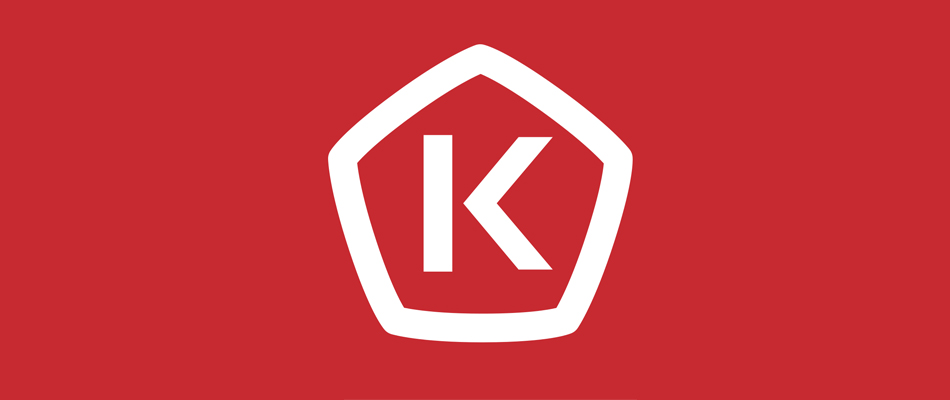
The mark clearly refers to the Soviet quality mark, and, in fact, is its primitive rephrasing.
CE-mark is used in the EU and the USA and guarantees product safety. Such marking is mandatory for all products in the European market, in contrast to certification for compliance with quality standards.
The CE mark represents a composition of two letters "C" and "E", built on tangent circles.
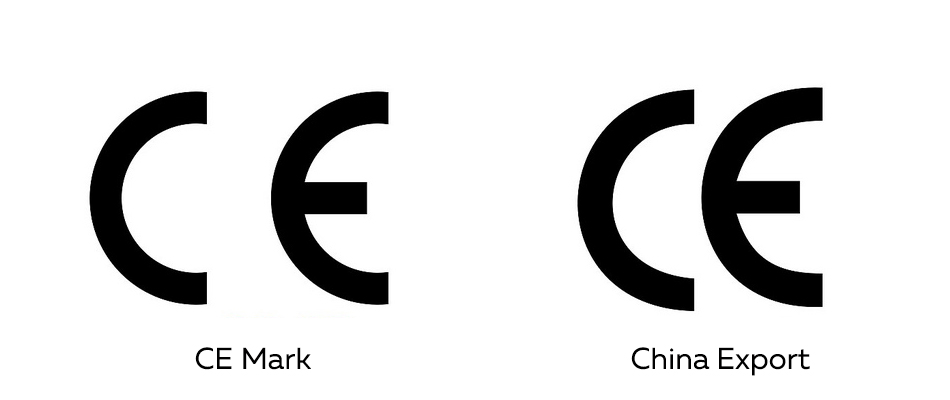
But the China Export mark, which visually differs from the CE-mark only in the distance between the letters, means only that the product was manufactured in China and does not imply any compliance with standards or certification. Coincidence? I don’t think so.
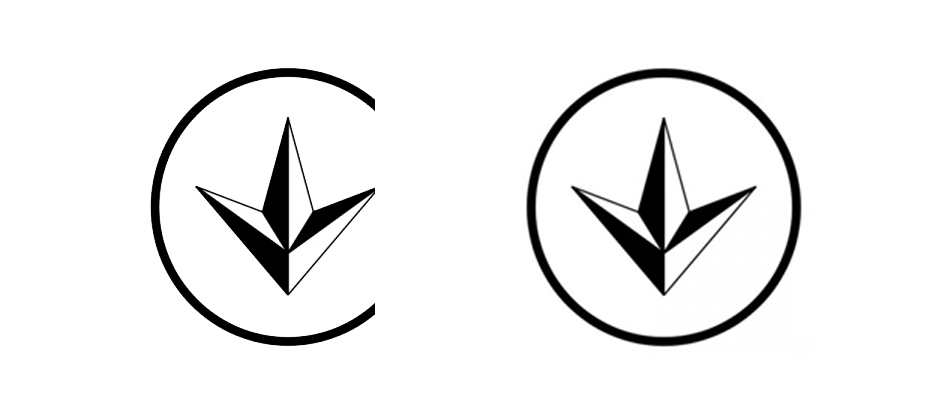
This expressive, from the point of view of graphic design, sign, which is also called the “trefoil,” indicates the compliance of the product with Ukrainian standards and regulatory documents.
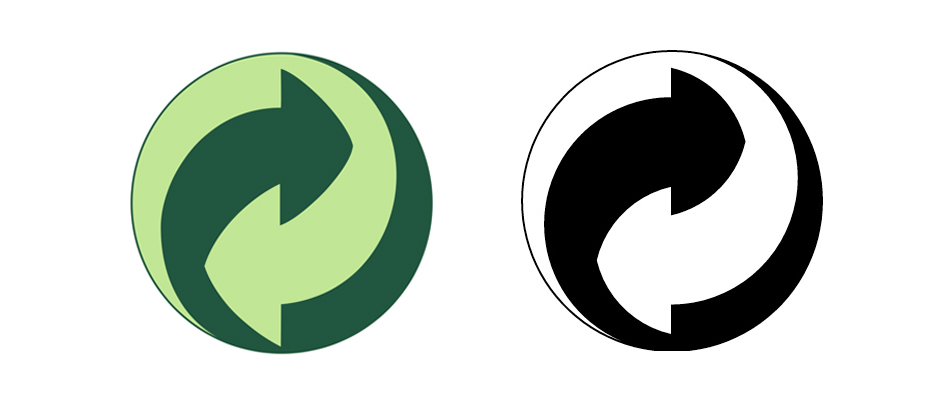
The name of this sign is translated from German as "green dot". The sign depicts two arrows twisted like the symbol "Yin-Yang", and has tremendous expressive power and recognition. Contrary to popular belief, this sign does not indicate that the product was made from recyclable materials or suitable for processing. In fact, the Green Dot is put up by companies participating in the German waste recycling program, and therefore it does not make any sense outside Germany, although it is sometimes put on their products by unscrupulous foreign companies who are too lazy to figure out its meaning.
Woolmark marking means high quality products made from wool, as established by the International Wool Secretariat (IWC). Woolmark is one of the most recognizable graphic characters in the world, for example, in Italy it is ahead of McDonald's, Nike and Mercedes in recognition.

The Woolmark mark was created by Italian designer Francesco Sarolla and first saw the light in the USA, Western Europe and Japan in 1964. From that moment, the Woolmark mark became widespread in more than a hundred countries of the world.
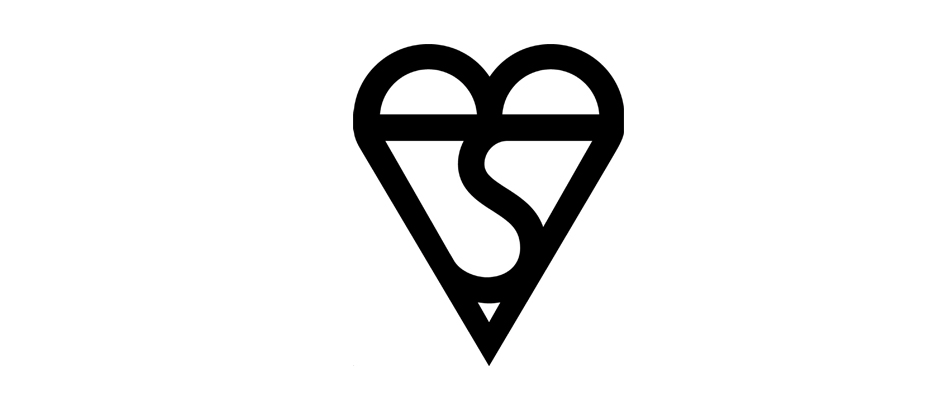
It is one of the oldest quality marks, registered in 1903 and is still in use. This name was given the name because of its resemblance to an air sail (English kite). In fact, these are the letters "B" and "S" - the British standard.

State quality mark of the USSR
The mark was used for marking high-quality serial products manufactured by enterprises of the USSR; it was put into effect in 1967 in order to improve the quality and production efficiency.

The general form of the sign - the pentagon - refers to the five-pointed star, the main heraldic symbol of the Soviet Union. In addition to the abbreviation, a pentagon contains a symbol, presumably combining several meanings: scales, the letter "K" (quality, rotated 90 °), the silhouette of a person. One of the authors of the mark is the People's Artist of the USSR Valery Akopov.
Russian quality mark
In 2013, the Ministry of Industry and Trade made a decision to revive the certification system in Russia according to the principle of consonant. To do this, in 2014, a competition was held, as a result of which a sign was drawn, drawn by designer Dmitry Mordvintsev, a colleague of Valery Akopov.

The mark clearly refers to the Soviet quality mark, and, in fact, is its primitive rephrasing.
CE-mark and China Export
CE-mark is used in the EU and the USA and guarantees product safety. Such marking is mandatory for all products in the European market, in contrast to certification for compliance with quality standards.
The CE mark represents a composition of two letters "C" and "E", built on tangent circles.

But the China Export mark, which visually differs from the CE-mark only in the distance between the letters, means only that the product was manufactured in China and does not imply any compliance with standards or certification. Coincidence? I don’t think so.
Ukrainian sign of standardization

This expressive, from the point of view of graphic design, sign, which is also called the “trefoil,” indicates the compliance of the product with Ukrainian standards and regulatory documents.
Der Grune Punkt

The name of this sign is translated from German as "green dot". The sign depicts two arrows twisted like the symbol "Yin-Yang", and has tremendous expressive power and recognition. Contrary to popular belief, this sign does not indicate that the product was made from recyclable materials or suitable for processing. In fact, the Green Dot is put up by companies participating in the German waste recycling program, and therefore it does not make any sense outside Germany, although it is sometimes put on their products by unscrupulous foreign companies who are too lazy to figure out its meaning.
Woolmark Sign
Woolmark marking means high quality products made from wool, as established by the International Wool Secretariat (IWC). Woolmark is one of the most recognizable graphic characters in the world, for example, in Italy it is ahead of McDonald's, Nike and Mercedes in recognition.

The Woolmark mark was created by Italian designer Francesco Sarolla and first saw the light in the USA, Western Europe and Japan in 1964. From that moment, the Woolmark mark became widespread in more than a hundred countries of the world.
British kitemark

It is one of the oldest quality marks, registered in 1903 and is still in use. This name was given the name because of its resemblance to an air sail (English kite). In fact, these are the letters "B" and "S" - the British standard.
